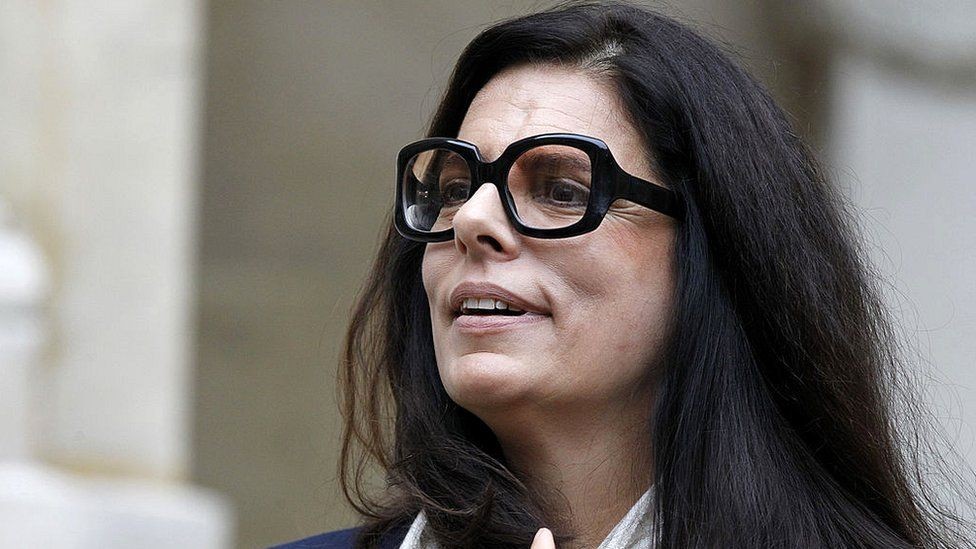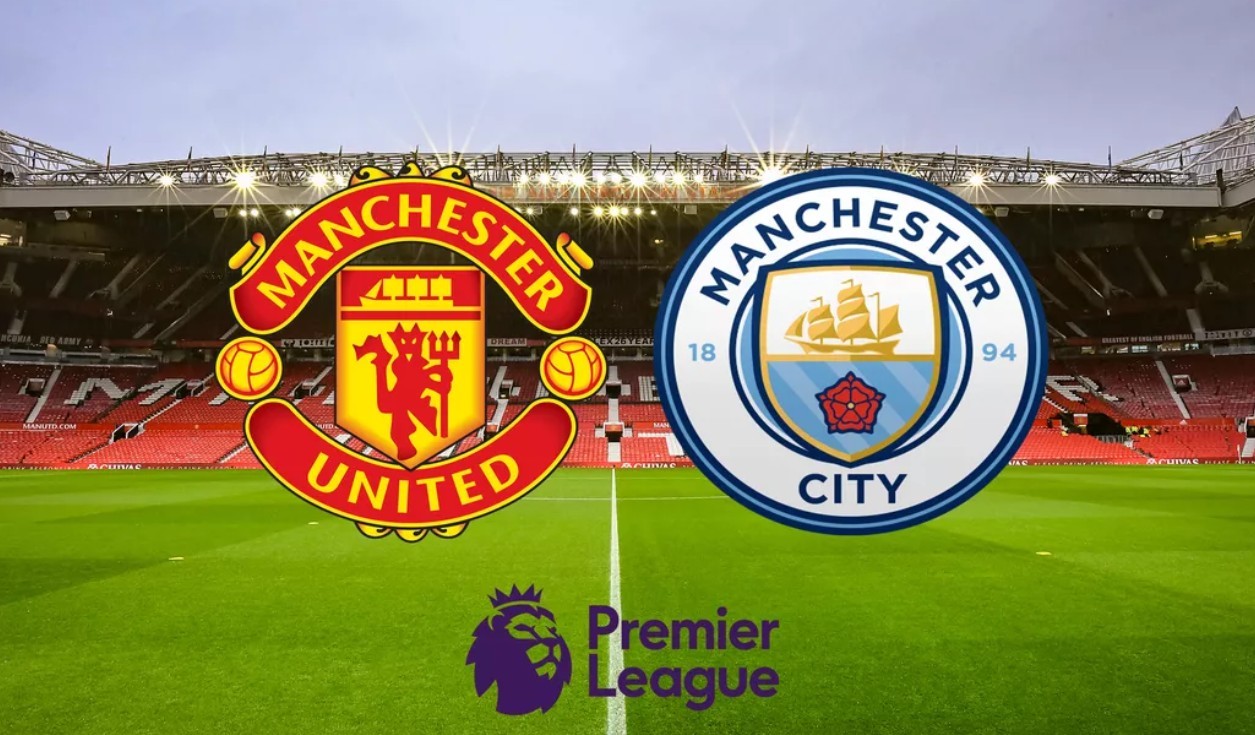9 Richest Countries in the World (Updated)
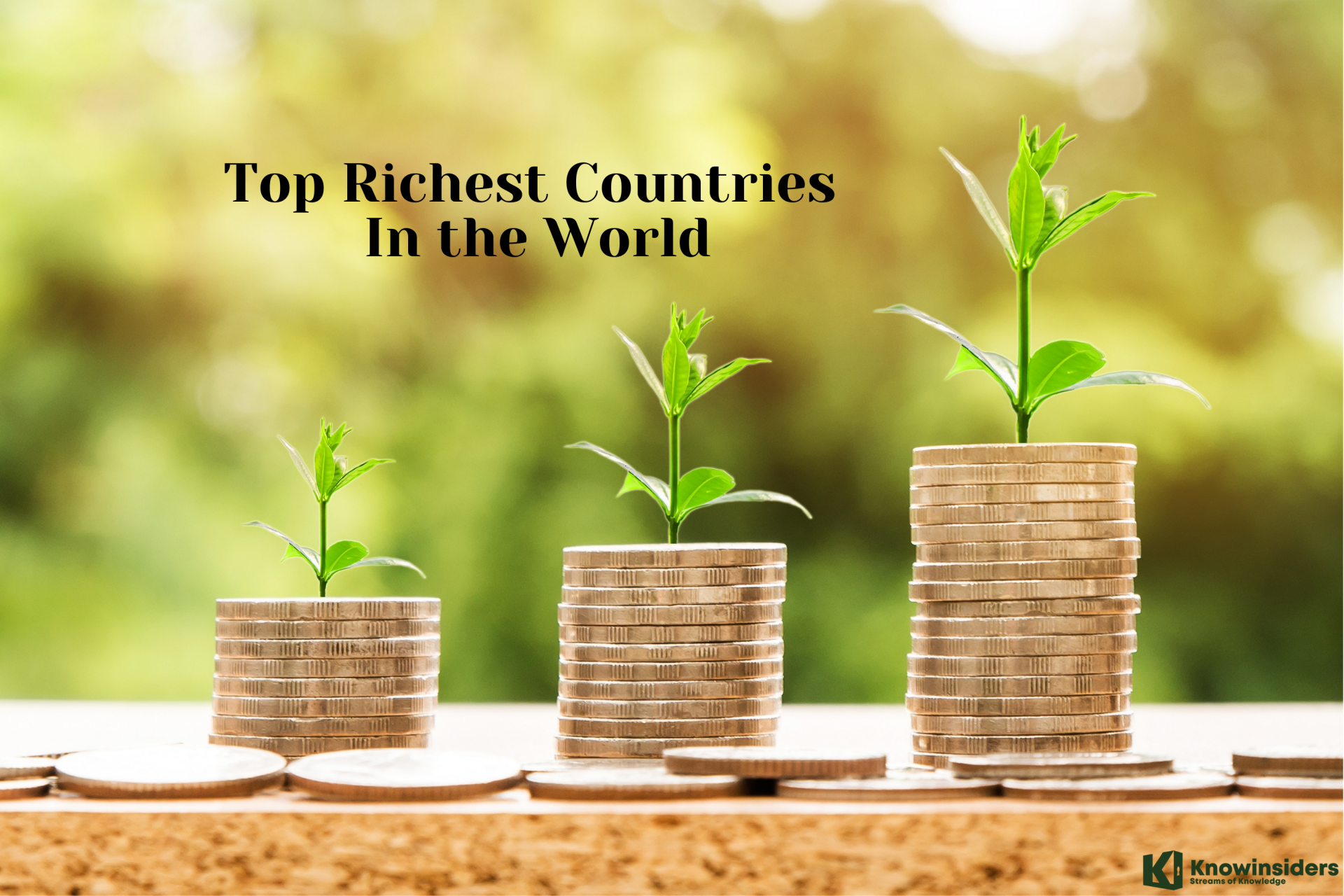 |
| Check out our updated list of 9 most richest countries in the world. Photo KnowInsiders |
What do people think when they think about the richest countries in the world? And what comes to mind when they think about the smallest nations in the world? Some would be surprised to find out that many of the wealthiest nations are also amongst the tiniest.
Some very small and very rich countries—like Luxembourg, Singapore and Hong Kong—benefit from having sophisticated financial sectors and tax regimes that help attract foreign investments and professional talent. Others like Qatar and Brunei have large reserves of hydrocarbons or other lucrative natural resources.
But what do we mean when we say a country is “rich,” especially in an era of growing income inequality between the rich and everyone else? While gross domestic product (GDP) measures the value of all goods and services produced in a nation, dividing this output by the number of full-time residents is a better way of determining how rich or poor one country's population is relative to another's. The reason why “rich” often equals “small” then becomes clear: these countries’ economies are disproportionately large compared to their small populations.
However, only when taking into account inflation rates and the cost of local goods and services can we get a more accurate picture of a nation’s average standard of living: the resulting figure is what is called purchasing power parity (PPP), which is often expressed international dollars to allow comparisons between different countries.
Here is the list of top 9 richest countries based on GDP:
Rank | Country | GDP-PPP ($) |
|---|---|---|
| 1 | Luxembourg | 118,001 |
| 2 | Singapore | 97,057 |
| 3 | Ireland | 94,392 |
| 4 | Qatar | 93,508 |
| 5 | Switzerland | 72,874 |
| 6 | Norway | 65,800 |
| 7 | United States | 63,416 |
| 8 | Brunei Darussalam | 62,371 |
| 9 | Hong Kong | 59,520 |
Check out full details!
9.Hong Kong - Current International Dollars: 59,520
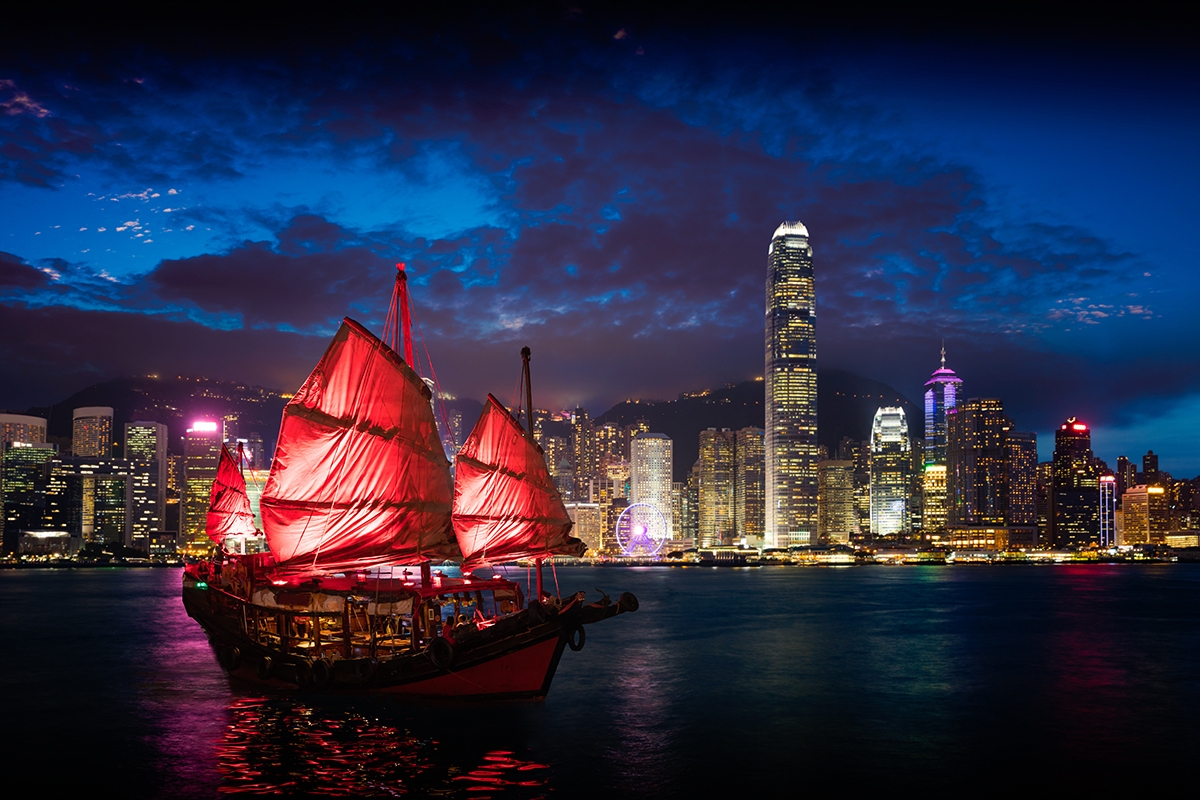 |
| Photo Gfmag |
A former British colony, this special administrative region of China is a gateway to the mainland and Asia’s top financial center. The economy of Hong Kong is characterized by low taxation and no capital gains or inheritance levies, no tariffs on the import or export of goods and full ownership of their business for foreigners with no citizenship, residency or nationality requirements.
As a result, this tiny island of just 1,104 square kilometers (427 square miles) is extremely rich as a whole. This is not to say that all of its 7.5 million residents are: according to government statistics one in five lives below the poverty line. All the while, Hong Kong contends with New York for the title for the city with the largest number of ultra high-net-worth individuals in the world, about 9,000 people with $30 million or more in net worth.
Remarkably, the widening income inequality has also been a contributing factor to the political unrest that roiled Hong Kong since 2019, disrupting businesses and spooking foreign investors. Thanks to the pandemic, the economy contracted last year by 6.1%, the sharpest decline on record.
**READ MORE: Top 9 Biggest Countries in the World by Population (Updated)
8.Brunei Darussalam - Current International Dollars: 62,371
 |
| Photo Gfmag |
Brunei is wealthy (primarily) because of oil and gas.
Oil was first discovered in Seria in 1929 - forever changing Brunei’s fortune. By that point, Brunei had been under British rule for half a century. By 1991, the oil fields in Seria had already produced over one billion barrels, celebrated by the erection of the Billionth Barrel Monument.
Natural gas was discovered a few years after oil, leading to the creation of the Brunei LNG (Liquefied Natural Gas) plant in 1973. Brunei LNG is still one of the largest LNG plants in the world.
Brunei is only the fifth-leading oil producer in Southeast Asia - behind Indonesia, Malaysia, Vietnam and Thailand. However, Brunei is geographically much smaller than those nations. Such production from a relatively small country with low population density made oil profits stack quickly.
7.US - Current International Dollars: 63,416
The United States’ GDP sits at the top of the world at $20.5 trillion as of 2018.
 |
| Photo Shutterstock |
Average income also rings in high at $63,093. These two high rankings help it make up for the surprisingly low No. 25 ranking in the SPI.
In the SPI, the U.S. ranks among the best in shelter, water and sanitation, medical care and personal rights, but it falls short in inclusiveness, health and wellness, and personal safety.
6.Norway – Current International Dollars: 65,800
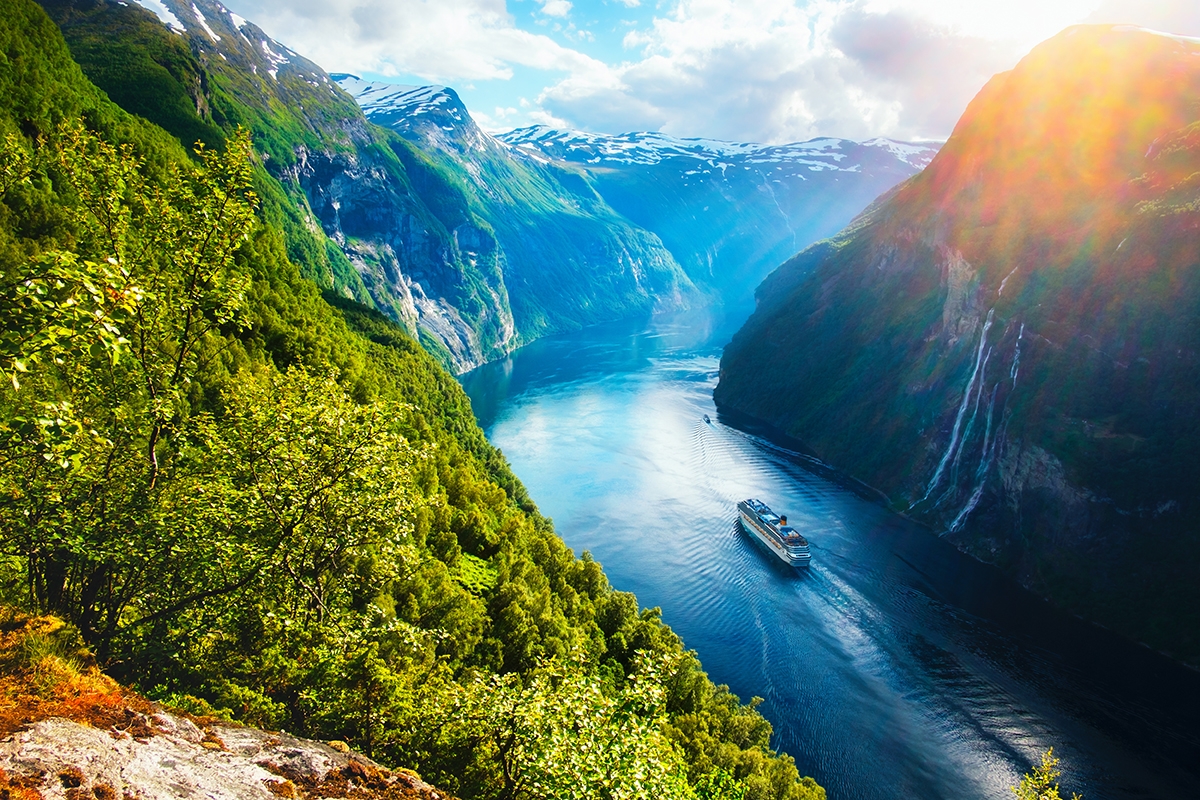 |
| Photo Gfmag |
Norway is often looked upon as one of the most socially aware countries in the world with low pollution, outstanding medical care and great support programs, and it shows this off with its No. 1 ranking in the SPI.
It comes up light with its 53.31 of 100 points in access to advanced education, but even that’s not enough to drag it down. Norway’s No. 29-ranked GDP of $434 billion and No. 15-ranked average income of $50,966 pulled its overall ranking on our list of wealthiest nations to No. 10.
But it is still quite high for these shortcomings.
5.Switzerland – Current International Dollars: 72,874
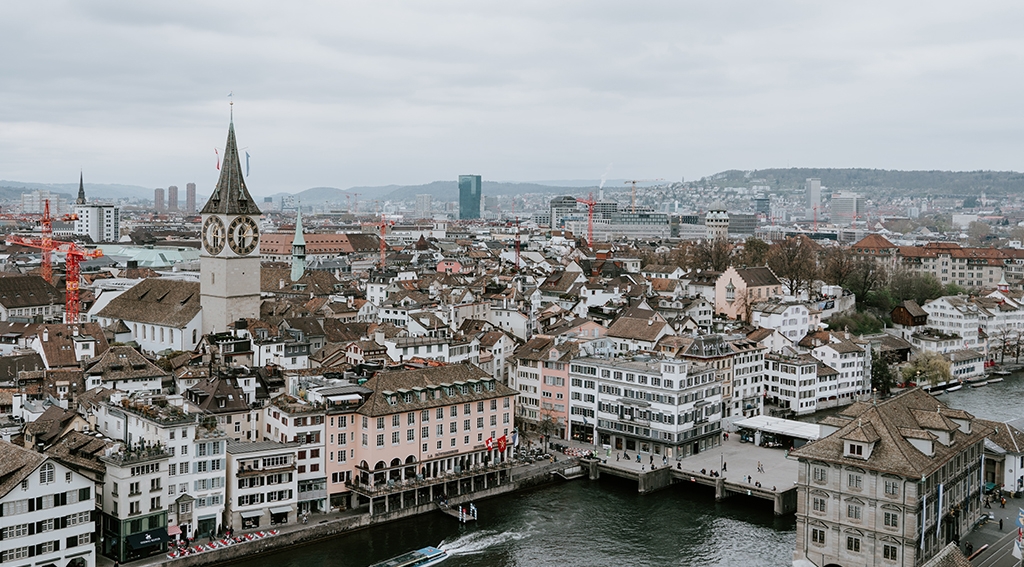 |
| Photo Fintech News |
Switzerland boasts some of the highest wages in the world, putting its average at $64,109 per year, which plays a big role in it being the second wealthiest country in the world.
Plus, it boasts some of the world’s most advanced social markers, including access to drinking water, nourishment, electricity access, independent media, secondary school enrollment, and greenhouse gas emissions.
White chocolate, the bobsleigh and—of course—the Swiss Army knife. But also the computer mouse, the immersion blender, velcro and LSD. The list just goes and on: these are only some of the inventions that Switzerland has contributed to the world. Today, however, this country of about 8.6 million owes much his wealth to its banking and insurance services and to tourism, as well as to exports such as pharmaceuticals products, gems and precious metals, precision instruments and machineries (from watches, to medical apparatuses and computers).
Is it really a surprise that Switzerland has the highest density of millionaires in the world? According to the most recent estimates, for every 100,000 residents there are 9,428 of them (billionaires included)—the 11.8% of the total considering just the adult population.
All that money, however, could not shield the Swiss economy from the effects of Covid-19: in 2020 production declined by 2.9%. Yet, things could also have been worse, especially when we consider that in Italy, Spain, France and Germany the contraction has been respectively of 8.8%, 10.9%, 8.2% and 4.9%.
4.Qatar - Current International Dollars: 93,508
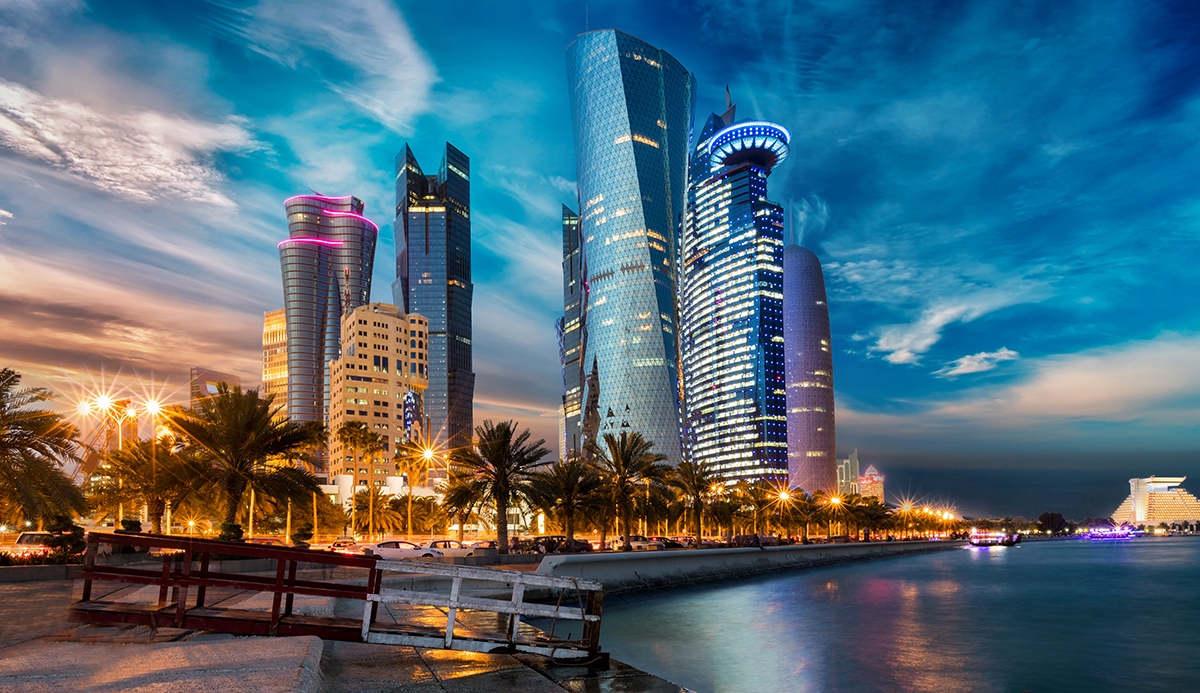 |
| Photo Gfmag |
It’s not only the oversupply and demand crisis of last year and the exacerbating effect of COVID-19: oil prices have been in steady and sometimes dramatic decline since the mid-2010s. The per-capita GDP of a Qatari citizen was over $143,222 in 2014, it was “just” $97,846 a year later, and nowadays it is even lower than that.
Still, the country’s oil, gas and petrochemical reserves are so large, and its population so small—just 2.8 million—that this marvel of ultramodern architecture, luxury shopping malls and fine cuisine has managed to top the list of the world's richest nations for 20 years.
Yet, with only about 12% of the residents being Qatari nationals, the country—similarly to many other Gulf states—saw COVID-19 spreading especially among low-income migrant workers living in crowded quarters at furious speed. Quarantines, curfews and lockdowns have been imposed more than once, yet Qatar suffered one of the highest rates of positive cases in the region.
Even so, the economy has showed a certain resilience (it contracted by a relatively modest 2.6% in 2020) and is now projected to rebound amid a rise in gas production and investment in preparation for the 2022 World Cup.
3.Ireland - Current International Dollars: 94,392
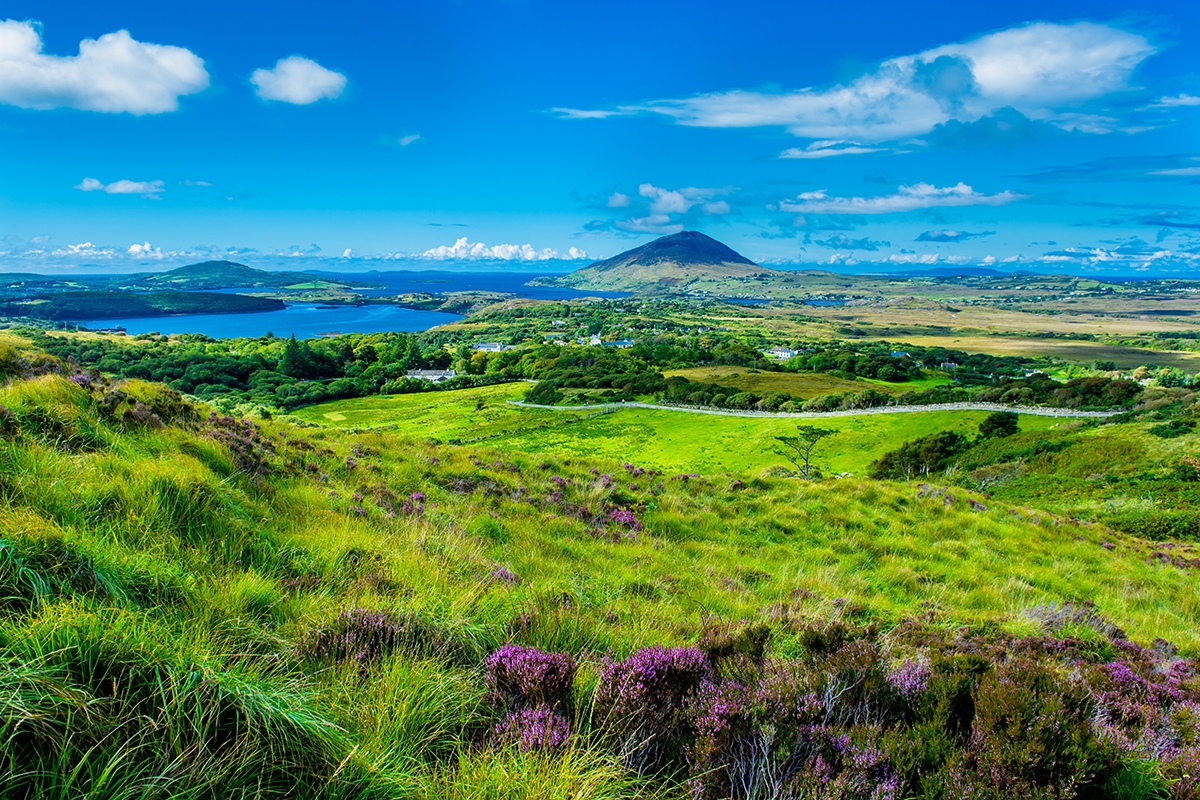 |
| Photo Gfmag |
Until recently, Ireland seemed unstoppable. While the rest of Europe was facing all sort of uncertainties (Brexit, trade tensions with the U.S., refugee and migrant crises to name a few), the Irish economy just kept humming along: in 2019, while the Eurozone grew only 1.2%, it expanded by over 5.9%, consolidating its role as the fastest-growing country on the continent. That all changed in 2020: economic growth more than halved from the previous levels, although it is expected to rebound nicely this year.
A nation of fewer than 5 million inhabitants, Ireland was one of the hardest hit by the 2008 financial crisis. Following some politically difficult reform measures like deep cuts to public-sector wages and restructuring its banking industry, the island nation regained its fiscal health, boosted its employment rates and saw its per capita GDP almost double in a short amount of time.
2.Singapore - Current International Dollars: 97,057
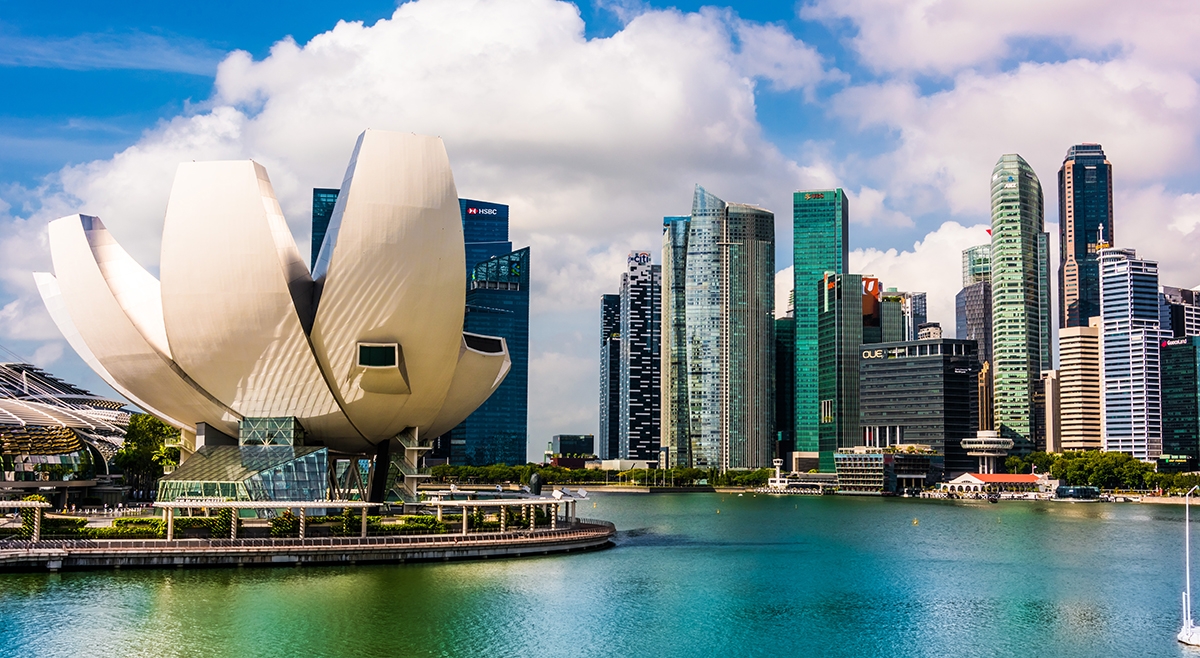 |
| Photo Gfmag |
Tiny nation-state Singapore is a surprising entry at No 2 on our list of the 50 wealthiest countries. What pushes it so high on our list is the country’s $58,770 average income, which is No. 10 in the world.
In SPI, Singapore ranks No. 23 — two spots above the U.S. — thanks to its perfect 100 score in water and sanitation and 98.25 in access to basic knowledge. On the flip side, Singapore comes up low in personal rights at 70.88 points of 100.
With restrictive punishments like three months in jail for singing in public, $10,000 for connecting to someone else’s Wi-Fi, up to two years in prison for homosexual relations, and up to a $100,000 fine and two years in jail for selling gum or smuggling it into the country (yes, chewing gum), it’s no wonder it ranks so low in this area.
1.Luxembourg - Current International Dollars: 118,001
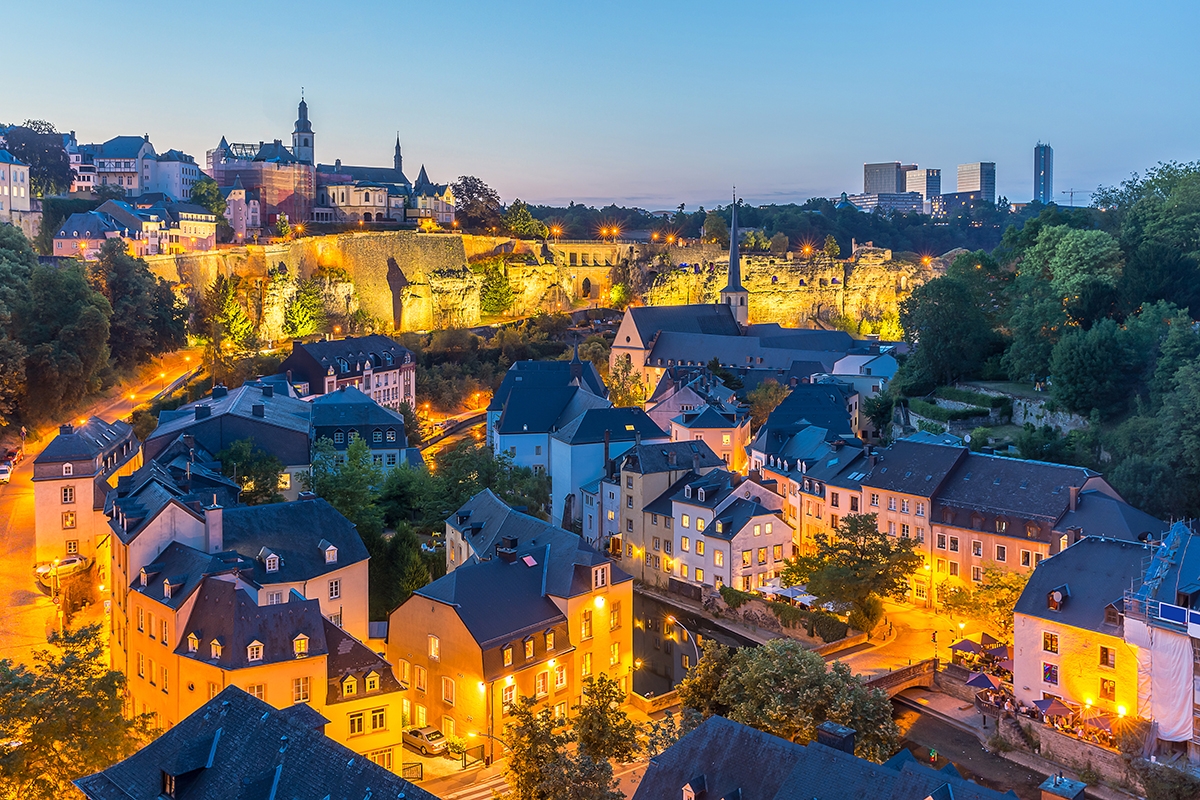 |
| Photo Gfmag |
You can visit Luxembourg for its castles and beautiful countryside, its cultural festivals or gastronomic specialties. Or you could just set up an offshore account through one of its banks and never set foot again, as many do. It would a pity though: situated at the very heart of Europe, this nation of about 625,000 has plenty to offer, both to its tourists and its citizens. Luxembourg uses a large share of its wealth to deliver better housing, healthcare and education to its people, who by far enjoy the highest standard of living in the Eurozone.
Yet, while both the global financial crisis and the pressure from the EU and OECD to reduce banking secrecy have had little impact on the economy, the coronavirus outbreak forced many businesses to close and workers to lose their jobs.
Still, through effective testing and contact tracing measures, Luxembourg has weathered the pandemic better than most of its European neighbors. As a result, in 2021 the grand duchy's GDP will rebound by 4% from -1.3% in 2020. The country topped the $100,000 mark in per capita GDP in 2014 and has never looked back ever since. Even the pandemic couldn’t change that.
 Top 10 Healthiest Countries in The World Top 10 Healthiest Countries in The World Do you know what country is the healthiest in the world? How do they rank ‘healthy’ level? Read on the article! |
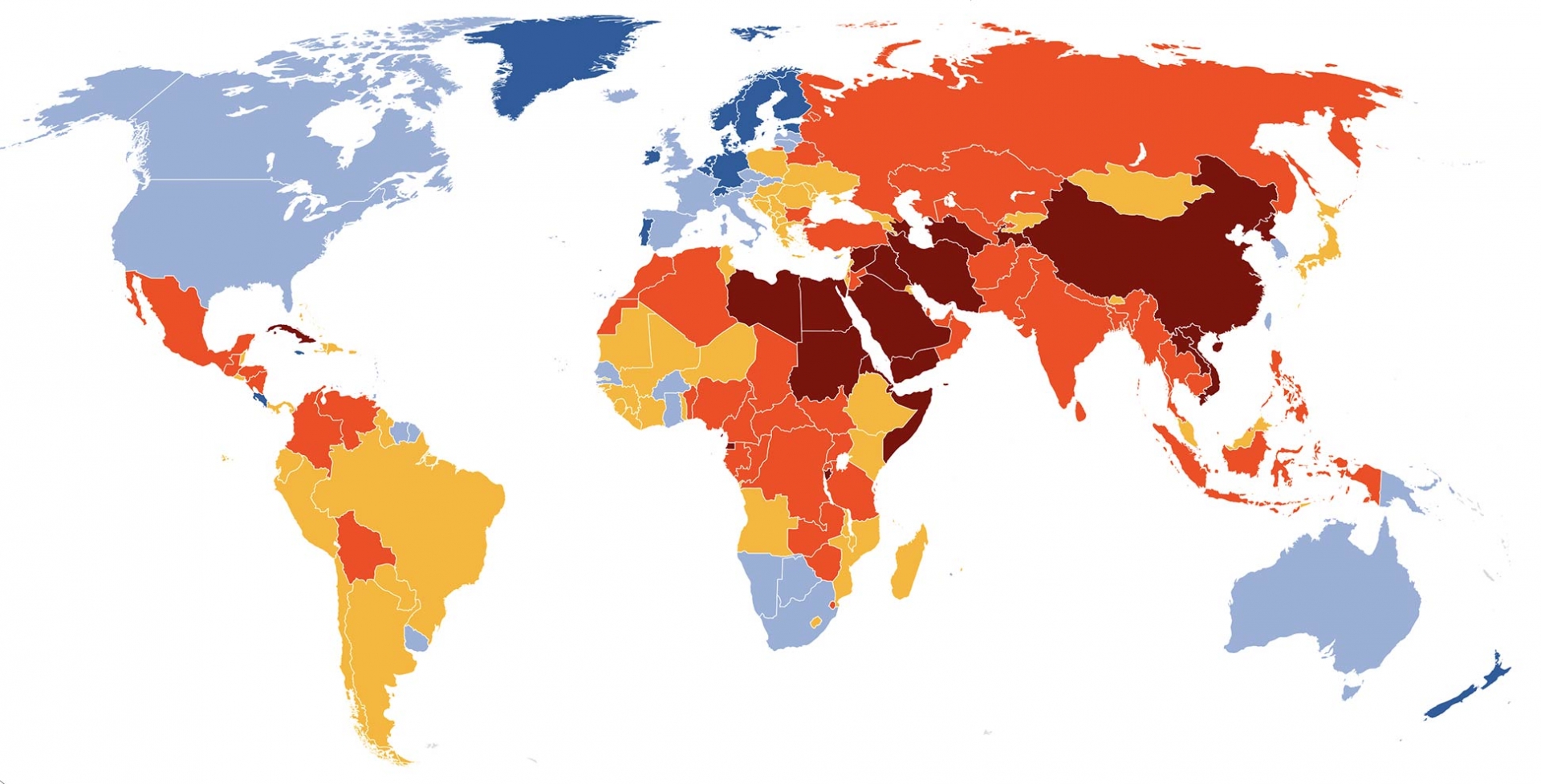 A Full List of Countries and Regions in the World (Updated) A Full List of Countries and Regions in the World (Updated) What is the official name of your country? Which region is it located in? Check out our article to know whether you’ve got the ... |
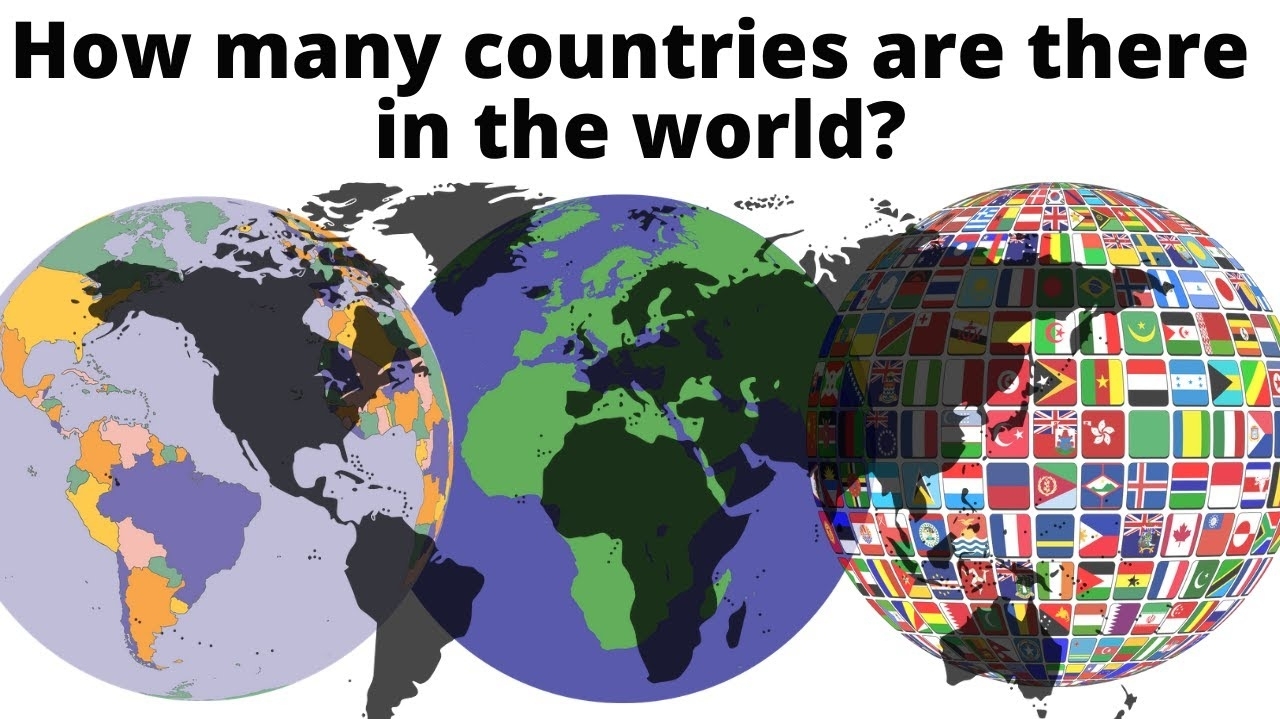 How Many Countries Are There In the World (Updated) and What is A Nation How Many Countries Are There In the World (Updated) and What is A Nation How many countries are there in the world? What is a Nation? It’s likely a simple question. But like so many things in geopolitics, ... |




